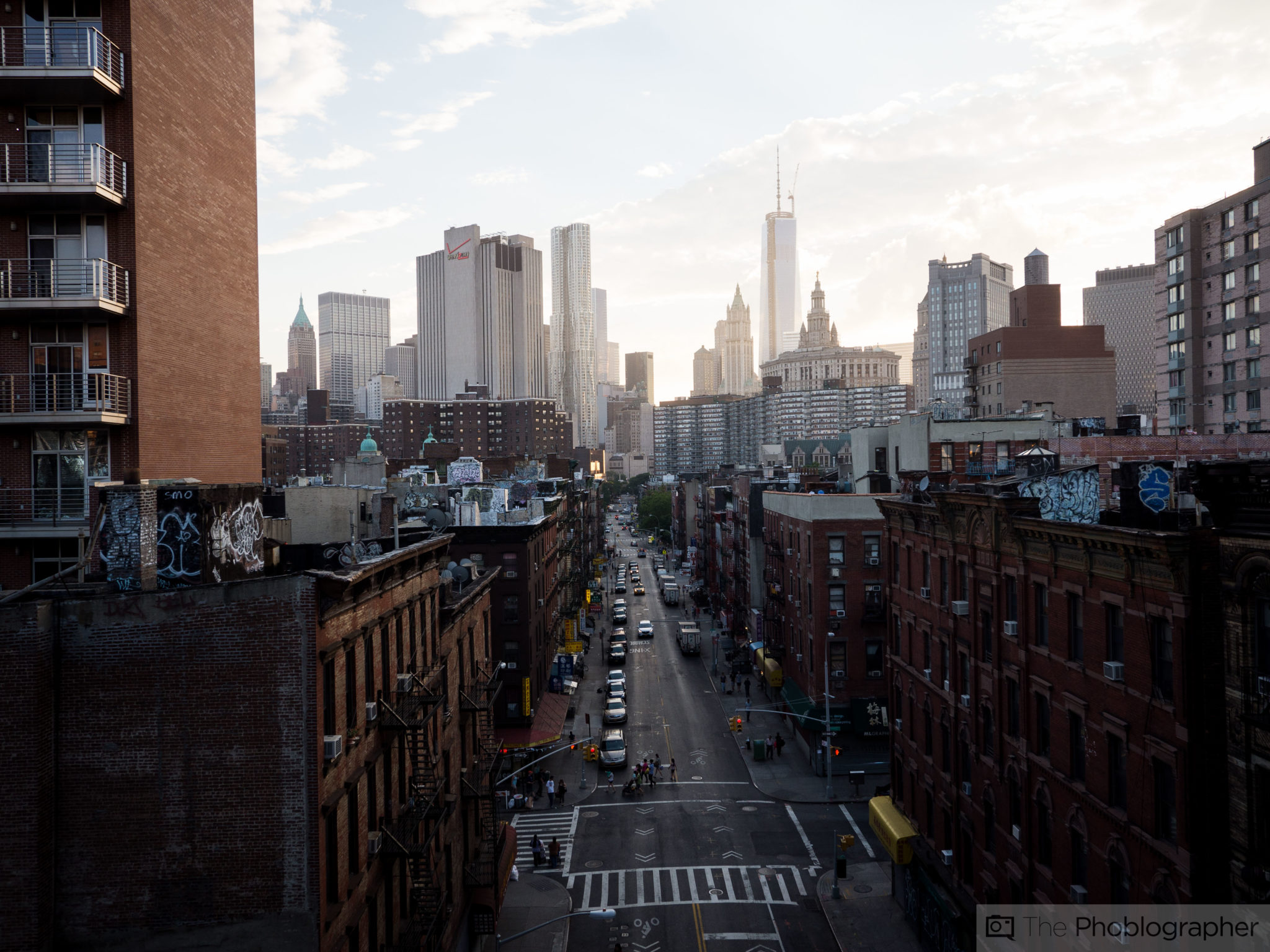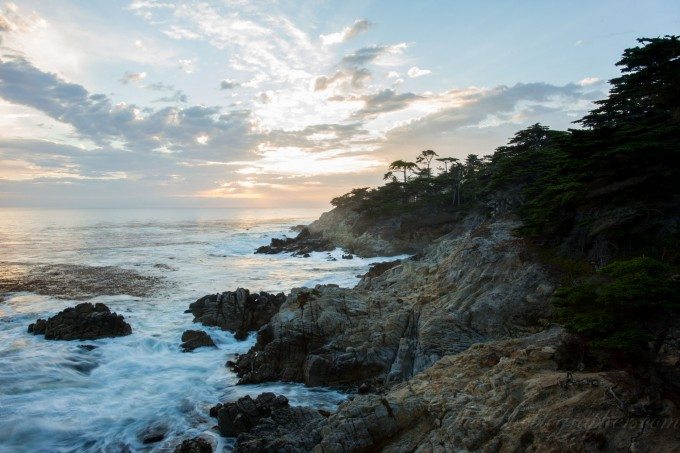When you’re first getting into photography, it can be a bit tough to truly understand how depth of field works. There are a number of factors that go into it and a number of things that also will determine how the photos look in the end. It isn’t just about bokeh; but it’s also about ensuring that your subject is always in focus.
Here’s a reader’s question on just this issue.
Question:
This question was sent in to us from Russ.
If aperture changes depth of field and focus, why does my camera sometimes automatically use a low aperture (e.g. 3.5) for landscape shots, and how is everything still in focus with such a low aperture?
Answer:
Well Russ, it’s pretty interesting overall. A number of factors affect your camera and lens’s depth of field:
Focusing Distance: Obviously, how far away you’re focusing. The further out you focus on any given lens, the more will be in focus. The closer in you focus, the less will be in focus and clearly visible at any given aperture or focal length.
Aperture: The more you stop your lens down, the more will be in focus. It’s possible to stop down to f11, focus closely on a subject and still get some sort of bokeh. Just think about macro lenses!
Focal Length: The wider of a focal length you’re at, the easier it is to get a subject in focus. At 24mm and f1.4, you’ll have more of a subject in focus when focusing three feet away vs with an 85mm f1.4 at the same aperture.
Sensor size: The size of your camera’s sensor determines just how much will be in focus.
I’m assuming you’re using your kit lens Russ, and so at the wider end of it you’ll be at 18mm most likely. At 18mm, you’ll have a whole lot of a scene in focus at f3.5 and focused far away. This is because of a number of reasons:
- You’ve got a wide focal length.
- You’re focusing further out (most likely at infinity).
- Your aperture, at f3.5 and at 18mm, is more than stopped down enough to get an entire scene in focus. You can get something even sharper at f5.6 or f8.
- If you’re shooting with an APS-C or Four Thirds sensor, more will be in focus at a given aperture than with a medium format camera or a 35mm full frame camera sensor.
This is just how depth of field works and the factors that go into it. To ensure that you’ve got an entire scene in focus, you can stop down to f22.




